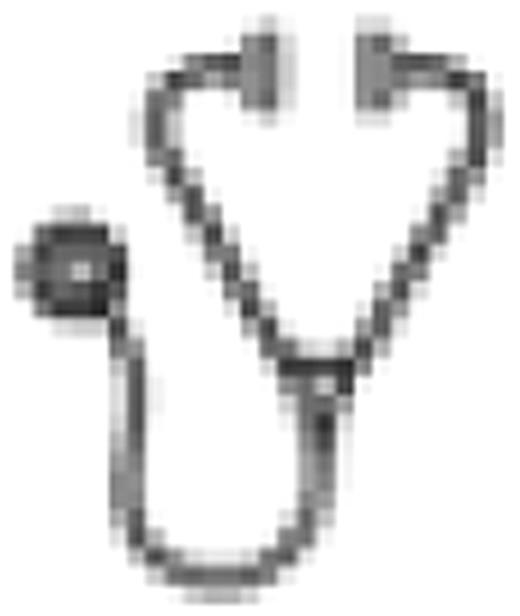Abstract
Abstract 4005
the cytogenetic risk classification defined by the 1997 IPSS remains the most widely used to assess the prognostic impact of karyotype in the MDS. Recently, the German-Austrian MDS Study Group (Haase, Ann Hematol 2008; 87:515) has proposed a new, more comprehensive cytogenetic risk classification. Our aim was to assess the prognostic performance of the Haase's cytogenetic classification, as compared to that defined by the IPSS, and what would be its contribution to the IPSS and WPSS. Methods: MDS patients seen at our center after 1986 were eligible for inclusion if they had a cytogenetic study performed at diagnosis that could be scored according to both the IPSS and the Haase's criteria. The prognostic performance was assessed by the Harrell's concordance index and the R2 explained variation (the closer both statistics to 1 the better the prognostic performance). Results: 327 out of 494 patients seen after 1986 met the eligibility criteria. Median age was 73 (range: 16–97) years and 55% were women. The 2001 WHO categories were refractory anemia (RA, 6%), RA with ringed sideroblasts (RARS, 2%), refractory cytopenia with multilineage dysplasia (RCMD, 54%), RCMD with ringed sideroblasts (RCMD-RS, 11%), RA with excess of blasts (RAEB-1, 11%; RAEB-2, 14%), and del(5q) (2%). According to the IPSS cytogenetic classification, 232 (71%) patients were in the low risk group, 46 (14%) in the intermediate, and 49 (15%) in the high risk group. According to Haase's criteria, 239 (73%) patients were in the good prognosis group, 26 (8%) in the int-1, 25 (8%) in the int-2, and 37 (11%) in the poor prognosis group. Agreement between both karyotype-based risk classifications was high (Kendall's tau=0.92; Kruskal's gamma=0.99). At the study closing date, median survival for the whole series was 4.1 years, 160 (49%) patients had died and 27 (8%) were lost to follow-up. Median survival (95% CI) in years according to the IPSS cytogenetic classification was 5.2 (4.2-6.4) for the low risk group, 3.8 (1.7-5.0) for the intermediate, and 0.9 (0.7-1.1) for the high risk group. Median survival (95% CI) in years according to Haase's criteria was 5.2 (4.1-6.4) for the good prognosis group, 3.9 (1.6-not reached) for the int-1, 3.1 (0.9-3.8) for the int-2, and 0.8 (0.6-1.9) for the poor prognosis group. There was no statistically significant difference in survival between the int-1 and Int-2 groups. Grouping the Int-1 and Int-2 into a single intermediate risk category yielded a median survival of 3.5 (1.7-4.4) years, which was significantly different from that of good and poor risk groups (p=0.014 and p=0.0001, respectively). The figure shows the concordance and R2 statistics for both cytogenetic classifications as well as those of the IPSS and the WPSS had they been based on the Haase's score, as compared to the standard ones. For this latter analysis, the Haase's int-1 and int-2 categories were grouped together. Conclusion: The new cytogenetic risk classification was comparable to that defined by the IPSS with regard to prognostic performance and did not improve the discriminatory power of the IPSS or the WPSS.
No relevant conflicts of interest to declare.

This icon denotes a clinically relevant abstract
Author notes
Asterisk with author names denotes non-ASH members.


